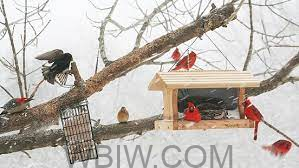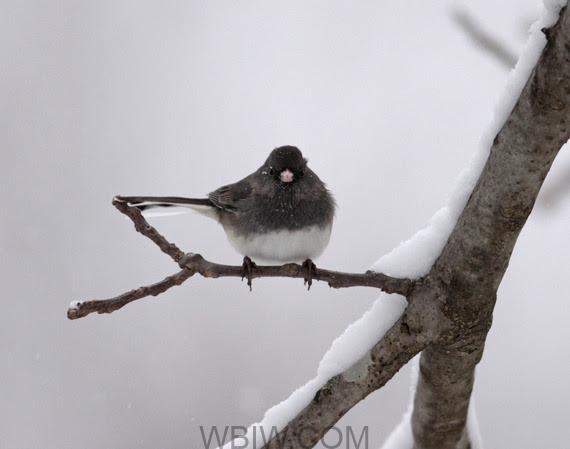
INDIANA – If you love birding in the winter, you can increase your chances of seeing native birds in your area by providing ample sources of food and cover in the colder months to help them thrive.
In your landscaping, incorporate native shrubs that produce berries, such as dogwood, serviceberry, and viburnum, and trees such as oaks and hickories that bear hard seeds.

Because evergreen trees such as red cedar, spruce, and pines do not lose their leaves in the winter, they help shield birds and other wildlife from harsh winds and snowfall. Consider planting trees and shrubs in clumps or rows for even more shelter.
You can also use brush piles to create shelter by putting logs and larger branches on the bottom of the pile and layering smaller branches on the top in a crisscross pattern. If you’re raking leaves in the fall, rake them under trees and shrubs. Leaves provide an environment for the insects that many birds eat.

Plant native grasses and wildflowers to create a mini-prairie and leave standing dead vegetation over the winter. Seed-eating birds benefit from plants going to seed, so doing so can save you the cost of purchasing and stocking birdfeeders.

Tree and shrub coverts are thickets that provide shelter and food for a variety of wildlife species. A well-designed covert will provide food sources, nesting sites, and protection from snow, ice, and predators. A covert planting can be part of a reforestation plan, used to stabilize a stream bank, or used to address an erosion problem. Coverts can provide other benefits to landowners such as sight and sound barriers or windbreaks.
For more information on wildlife and bird habitat click here.



